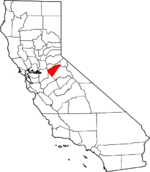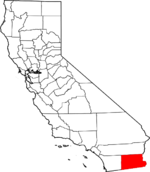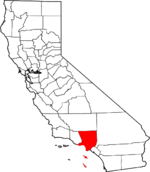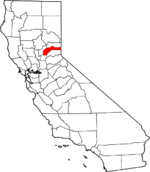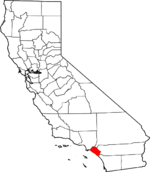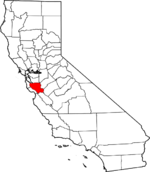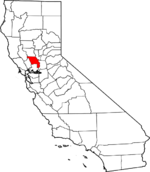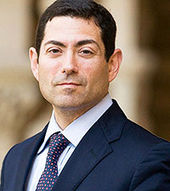JP Election Brief: Gold Rush! Racing to the California judiciary
The JP Election Brief | |
|---|---|
| Pulling back the curtain on the drama of judicial elections | |
| In this issue... | |
| |
October 16, 2014
| In California's judicial elections this year, there are a total of 580 candidates. Of those, 481 are incumbents. A total of 421 races are unopposed, and 50 judges face retention on the November 4th ballot. | ||
|
A guide to California judicial elections
Here is a quick overview of California's judicial selection process.
Nonpartisan elections
- Elections occur every six years and include primaries, which can prove to be integral to the election process.
- Appointed judges run for re-election when the term to which they were appointed expires.
- If a candidate receives more than 50% of the vote in the primary, he or she wins the seat without having to run in the general election.
- If no candidate receives more than 50%, then the top two candidates (if more than two candidates were on the ballot) for a single seat advance to the general election in November.
Retentions
- Justices of the California Supreme Court and the California Courts of Appeal must run for retention in the first gubernatorial election after they are appointed and then every 12 years.
- These are non-competitive elections. Voters must choose "yes" or "no" to retain each justice for another 12-year term.
- If a justice is not retained, the governor appoints a replacement who runs in the next gubernatorial election.
See: California judicial elections for a more detailed look at judicial selection in the state.
Key races: Where voters will have the biggest impact
| County | Contested races | Contested races without incumbent |
|---|---|---|
| Calaveras | 2 | 1 |
| Fresno | 2 | 1 |
| Imperial | 2 | 2 |
| Los Angeles | 12 | 11 |
| Nevada | 1 | 1 |
| Orange | 4 | 2 |
| San Diego | 5 | 1 |
| San Francisco | 1 | 1 |
| Santa Clara | 2 | 1 |
| Yolo | 1 | 1 |
The key races amongst many California judicial elections this year are the contested superior court races. Though not all voters in the state will get to choose between two or more judicial candidates, those who live in the certain counties will be able to take part in shaping their trial courts.
Also this year, voters have the opportunity to vote in retention elections, as described above. Voters will cast their ballots to choose whether or not to retain certain justices of the California Supreme Court and the California Courts of Appeal. These retention elections only occur every four years.
Superior court contested races
If a superior court judge runs unopposed for re-election, his or her name does not appear on the ballot and he or she is automatically re-elected following the general election. If a candidate in a contested race wins more than 50% of the primary vote, they win the seat and bypass the general election.[1] Twenty-eight of the contested elections were won at the primary stage.[2]
The remaining contested superior court races are as follows.
Calaveras County
|
Contested races: |
Fresno County
|
Contested race: |
Imperial County
|
Contested race: |
Los Angeles County
Many of the 12 Los Angeles County contested elections were decided at the primary stage because a candidate received more than 50% of the vote. However, the following two elections are still in play on November 4:
|
Contested races: |
Nevada County
|
Contested race: |
Orange County
|
Contested race: |
San Diego County
|
Contested race: |
San Francisco County
|
Contested race: |
Santa Clara County
|
Contested race: |
Yolo County
|
Contested race: |
Retentions: Keeping their seat warm
Supreme Court
There are three justices up for retention on the California Supreme Court:
| Kathryn Mickle Werdegar | Mariano-Florentino Cuéllar | Goodwin Liu |
|---|---|---|
Werdegar is currently 78 years old and has served on the court since 1994. The newest appointment to the court, Cuéllar, was made in July 2014 by Gov. Jerry Brown, and Cuéllar was confirmed in August. Voters must now approve him in the November election in order for him to be sworn in on January 5, 2015. Cuéllar and Liu, who was appointed in 2011, are both 44 years old.
The supreme court retention elections are nonpartisan; therefore, political affiliations make no impact on balloting. They can, however, have substantial impact on the future of the court, and the rulings made by the justices. Until Cuéllar was appointed, Liu was the only member of the high court connected with the Democratic party.[3] However, the overwhelming majority remains Republican. No matter the outcome of this year's retention election, the partisan balance of the supreme court will stay the same.
Courts of Appeal
Nearly 50% of the California Courts of Appeal justices are up for retention in 2014. A total of 47 of the 105 justices are on the November ballot.
See also
Footnotes
| |||||




